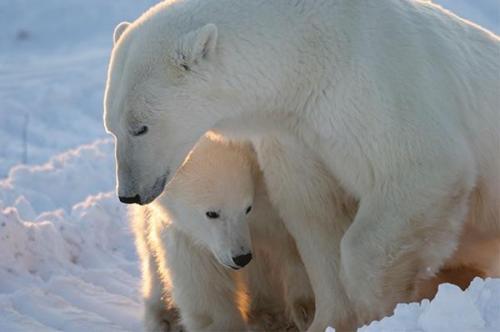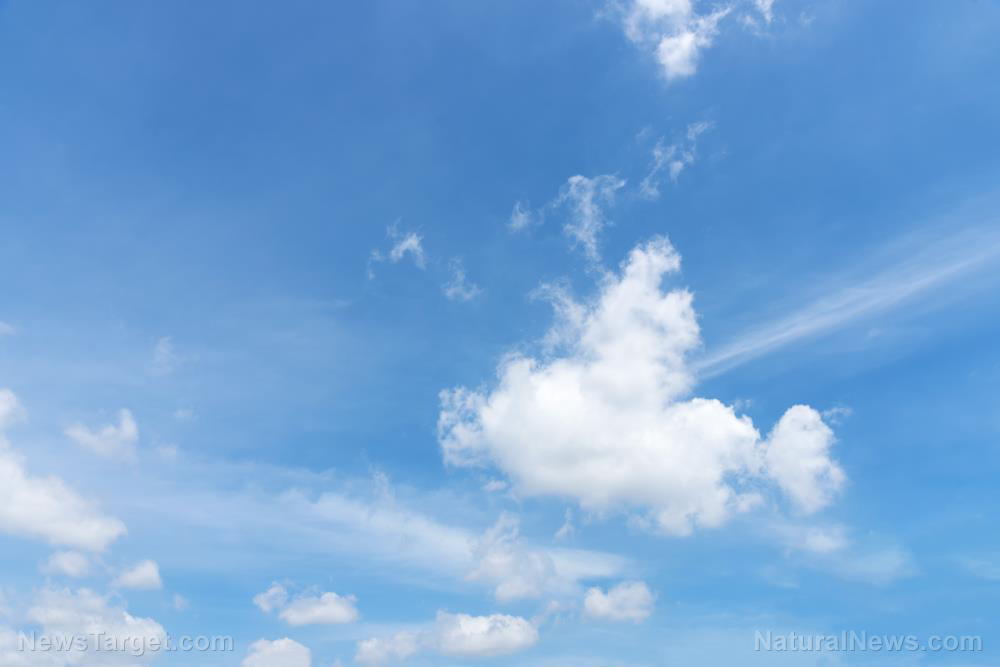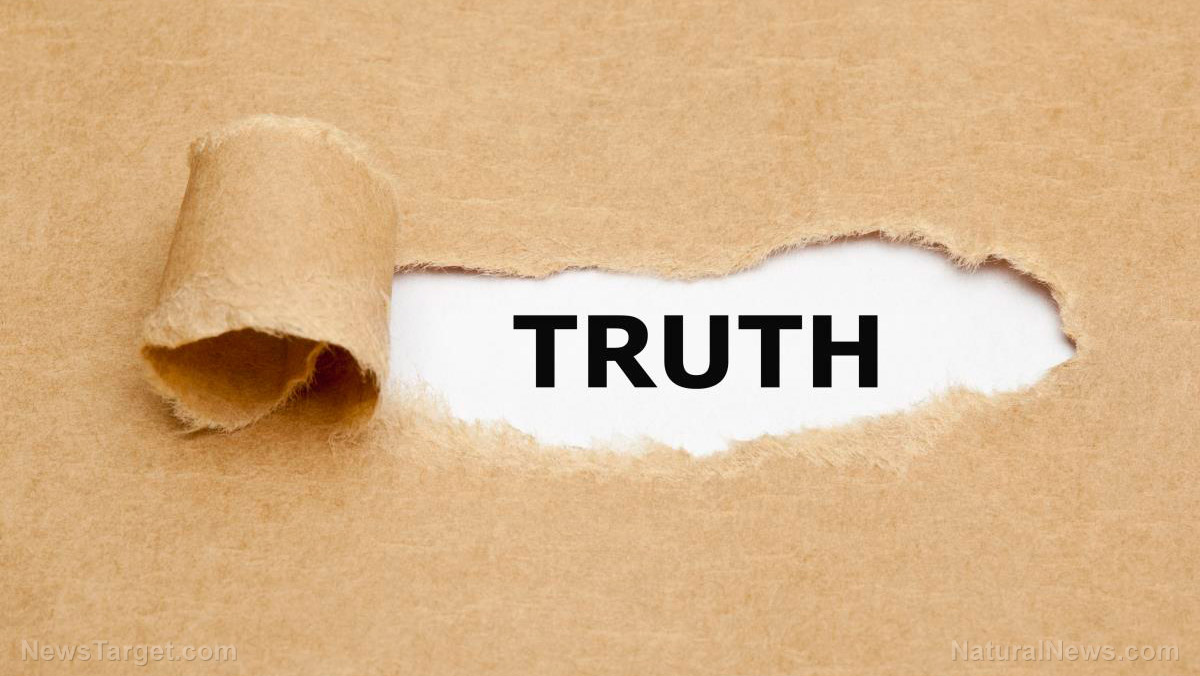Is the Cascadia Subduction Zone about to blow?
09/01/2019 / By Ethan Huff

The Pacific Northwest Seismic Network (PNSN) is reporting a major seismic event that’s currently underway throughout the region, which could indicate that the Puget Sound area near Seattle is on the verge of some shake, rattle, and roll.
Known as a slow-slip event, or an episodic tremor and slip (ETS), the rumbling being detected isn’t necessarily out of the ordinary, as ETS cycles typically occur every 14 months or so. But with the recent sizable shakes in Southern California coupled with the fact that a “big one” is long overdue for the Pacific Northwest (PNW), some are speculating as to what might be brewing.
Though it didn’t receive much media coverage, a 4.6 magnitude quake struck the Puget Sound area back in July, right around the time that Southern California experienced a pair of even larger quakes near Ridgecrest. Since this 4.6 was the largest quake to strike the area “in some time,” seismic experts are taking notice and investigating.
According to Steve Malone, a professor emeritus with PNSN, this latest ETS cycle near Seattle more than likely began on August 11, with its first hit just south of San Juan Island. And so far, the subsequent tremors appear to be increasing in strength, indicating the potential for larger quakes in the near future.
“Over this week the tremor has on average gotten stronger and more frequent but is not yet as near-continuous as during some previous ETS events,” Malone wrote on the network’s blog.
“Thus far I have not been convinced that the GPS data is yet showing displacements consistent with a full-blown ETS, but then it is early in the sequence, and I am just a seismologist. If this activity continues as I expect it likely will then it likely will spread a bit farther south but it should mostly head to the northwest.”
Sponsored solution from the Health Ranger Store: The Big Berkey water filter removes almost 100% of all contaminants using only the power of gravity (no electricity needed, works completely off-grid). Widely consider the ultimate "survival" water filter, the Big Berkey is made of stainless steel and has been laboratory verified for high-efficiency removal of heavy metals by CWC Labs, with tests personally conducted by Mike Adams. Explore more here.
To learn more about how to get prepared in the event of a large earthquake or other natural disaster, visit Survival.news.
When the ‘big one” hits the Cascadia Subduction Zone, it’s game-over for Seattle
Local media outlets in Western Washington have been talking a lot lately about the Cascadia Subduction Zone, including KING5 in Seattle, which recently published a simulation showing how the state would be impacted by a magnitude 9 earthquake.
For one, large tsunami waves would barrel in and out of the Washington coast, including through inland waterways that connect to Seattle and its surrounding communities. Though the size of these waves would certainly vary, Washington’s Chief Hazards Geologist Corina Forson notes that they would generally be “incredibly tall,” and thus devastating.
Another concern is what’s known as trough, which is when water levels suddenly recede following an earthquake, following their rapid return ashore.
“That’s one of the things we struggle with messaging,” Forson told KING5, which used the example of the massive 2004 Indian Ocean tsunami that pulled water out from the beach before sending it roaring back, killing many.
“When you see the water recede, that could be an indication that the tsunami wave is coming,” she adds.
Another concern is the fact that the Cascadia Subduction Zone is located right next to the Juan de Fuca tectonic plate, which plunges underneath the North American plate. According to National Geographic, a large section of the Juan de Fuca plate is missing underneath central Oregon, or rather tearing apart and splitting the plate, which has raised more concerns about how a cascading seismic event might impact both states.
“What we are looking at right now is the death of an oceanic plate,” says William Hawley, the co-author of a paper published in the journal Geophysical Research Letters that looked at this tear, and how it could play a role in one day triggering a massive earthquake.
Sources for this article include:
Tagged Under: big one, Cascadian Subduction Zone, depopulation, disaster, Earthquakes, environment, geology, nature, Pacific Northwest, Puget Sound, Seattle, seismic, SHTF, slow-slip event, tremors, tsunami
RECENT NEWS & ARTICLES
COPYRIGHT © 2017 COLLAPSE.NEWS
All content posted on this site is protected under Free Speech. Collapse.news is not responsible for content written by contributing authors. The information on this site is provided for educational and entertainment purposes only. It is not intended as a substitute for professional advice of any kind. Collapse.news assumes no responsibility for the use or misuse of this material. All trademarks, registered trademarks and service marks mentioned on this site are the property of their respective owners.



















